MetOH
$59.95
Outstanding for removing toxins from the body.
If your dog is suffering from a build up of uric acid or lactic acid in the body due to disease such as kidney failure, then this product may help. MetOH is great for kidney disease as it will neutralize uric acid, turning it to water, so to speak, and take a load off the kidneys.
pH is reflected in your dog’s digestive system, urine health and blood health. Each of these pH levels is different for digestion, urine and blood.
Digestive pH should be 1-2 during the digestive process and around 4 or 5 when resting. A healthy urine pH for dogs is between 6.2 – 6.9 which keeps it slightly acidic, while 7.0 is considered neutral.
A healthy pH blood balance for dogs is a little over 7.0. Most people are checking the urine. If your dog’s urine numbers are between 6.2 – 6.9; his pH is good. If it’s below 6.2, it’s too acidic. If it’s above 7.0, it’s too alkaline.
How do you know what your dog’s pH level is?
You really must have your dog seen by his or her holistic vet and have a complete urinalysis done. Don’t try and guess what’s causing urine issues for your dog. Your veterinarian can test your dog’s urine and see what the pH level is. Once you see the vet, then you can purchase pH strips at many health food stores and monitor your dog’s urine pH weekly, etc. There are many different types of strips, so make sure you purchase pH strips.
Gather a urine sample from your dog’s first pee in the morning is best. Use a clean bowl or cup and grab a sample from your dog. Most strips instruct you to dip the strip in the urine for 15 seconds, but follow the instructions from the manufacturer.
A normal pH range 6.5 – 7.0. When dogs are below the normal range, their urine is acidic. When dogs go above 7.0, this means their urine is alkaline.
Uric Acid
Uric acid is a by-product of the body’s waste management process, formed after the breakdown of purines. Purines are what remain after the breakdown of cells. In most cases, uric acid is flushed from the body as part of normal waste function.
But in some other cases, the body can be impacted by high levels of uric acid. This sometimes accompanies conditions like gout.
High levels of uric acid occur when the kidneys don’t flush the component efficiently. Things like being overweight and taking things like water pills can lead to a slowdown in uric acid removal, although genetics and certain cancers and other diseease can also play a role. Diets that produce high levels of purines also contribute, with foods like liver, game meat, and mushrooms among those on the list.
Lactic Acid
Lactic acid is a by-product of a process called anaerobic respiration, which occurs when cells generate energy without the advantage of oxygen.
Lactic acid can be found in the blood, a common and innocuous component produced by the muscles. The more exercise endured by the muscles, the more energy muscles require. Getting to that level of energy necessitates an extra boost provided by glycolysis, which doesn’t involve the normal oxygen-related procedure known as pyruvate.
By skipping this process, unexploited pyruvate is turned into waste as a result of heavier exercise. And lactic acid is the end result.
There are other sources of lactic acid in the body, like red blood cells. Red blood cells generate it when roving the body because they lack mitochondria, the part of the cell that facilitates oxygen to power respiration. Because of this, red blood cells “breathe” using the same anaerobic respiration as the rest of the body. Organically, this process leads to the production of lactic acid.
Lactic acid is processed in the liver and heart. The liver converts it to sugar, while the heart turns it into pyruvate. In severe cases, lactic acid can build up to life-threatening levels due to illness or injury. This rare condition is known as acute lactic acidosis.
What Does MetOH Do?
MetOH concentrate is a mitochondrial energy tonic tasked with increasing the capability of cellular mitochondria to produce energy that’s designed to cleanse uric acid and lactic acid, along with other toxins. This suffuses specific energy frequencies into MetOH to help the fight against pathogens and other undesirable compromised cells. It also offers more detoxification powers than other OH water.
Known as Mitochondrial Energy Tonic, MetOH is a concentrate that is mixed with water to produce the most oxygenated water possible. This mends cells, eradicates pathogens, and establishes total body health in a way few other market products can muster.
The use of MetOH Concentrate ensures proper balancing of uric and lactic acids in the body, which allows for total body health and energy. By converting standard H20 into OH water, this product is made through the elimination of one hydrogen atom through a double-patented process. This sets it apart from other products and puts MetOH Concentrate about its work of tracking down and destroying acids.
MetOH binds itself to hydrogen, found in acids and toxins, and rejects this waste through the body’s normal process. This helps prevent a lack of oxygen both inside and outside cellular structure, which is caused due to too much acid concentration. This concentration of acid, in turn, denies the cellular system its requisite energy and slows natural processes to a crawl.
Ingredients
- OH water concentrate
- Proprietary blend
The proprietary blend includes the following herbal extracts:
- Yarrow
- Hyssop
- Red clover blossom
- Burdock
- Comfrey
- Uva Ursi
Dosage and Directions:
Again, the best way to feed MetOH to your dog is to simply use a syringe. When mixing, you want to use twice as much water as MetOH. Distilled water best, but a good filtered water will work. Using on an empty stomach is best, but if you can’t make that work, then using it on a full stomach is better than to not do it at all.
Dosages
| Weight | 36 oz |
|---|

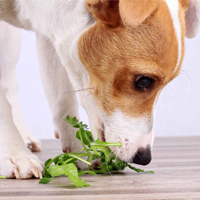
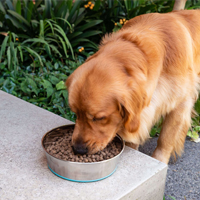




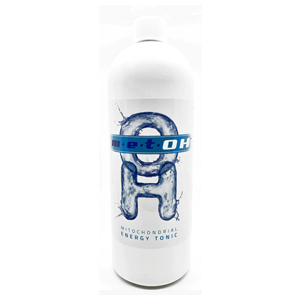
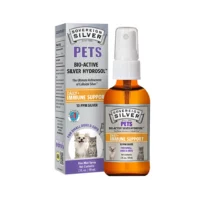
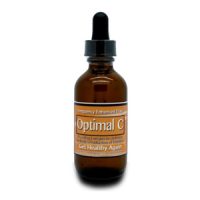
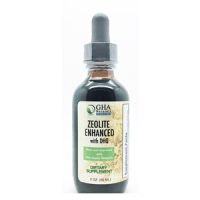
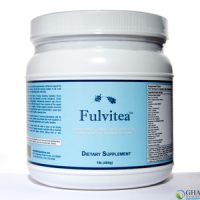

AT (verified owner) –
Using this with for my dog who seems to occasionally have a bit of Irritable Bowel Syndrome, just put a few drops in his water. Overall dog seems more lively and attribute this in part to the MetOH
(0) (0) Watch Unwatch
Maggiemontana –
Thank you so much for taking the time to share your review regarding your dog’s IBS and using Met OH. So glad it’s helping!
(0) (0)